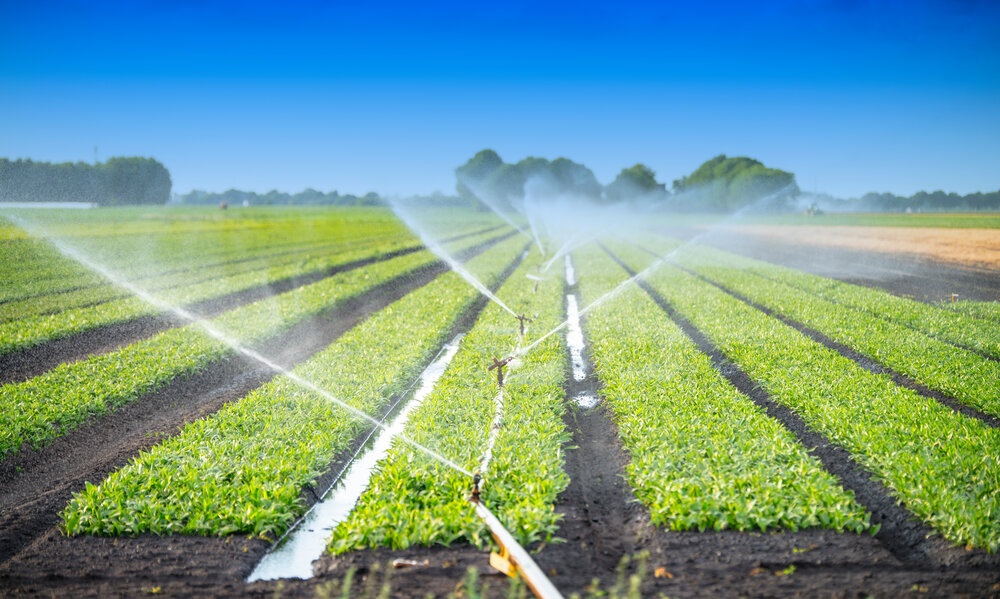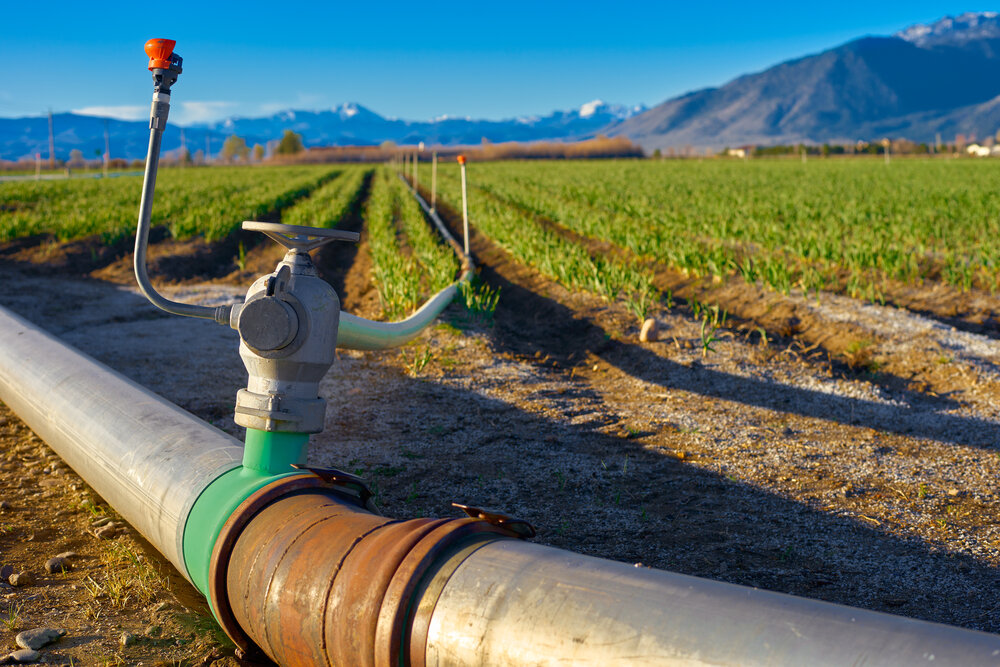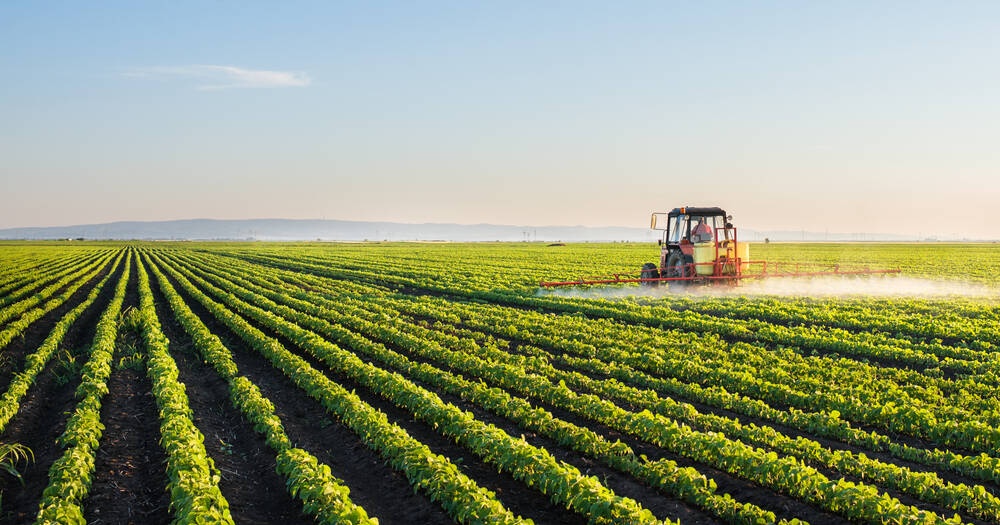Increasing crop productivity isn't simply a case of raising output. Yes, if applied correctly, improved farming techniques will certainly raise output. But unless farmers take a balanced approach, it might not be sustainable and could can lasting damage, wiping out any gains in profit and adding to environmental challenges.
The Pressures on Agriculture
There is no doubt that the pressures on the agricultural sector are increasing. Rises in world population, armed conflicts, over-farming and overhunting, plus new pests and pathogens, and global warming are all taking a toll, resulting in food scarcity in many countries.
The Contributions of Indigenous Populations
There are around 370 million indigenous people spread across the planet, occupying or using approximately 22% of the land area – an area where 80% of the planet's biological diversity can be found. Many of these countries are classed as poor but the ingenuity of their indigenous populations has benefited humankind, especially in terms of agriculture and farming, by developing techniques including:
- Agroforestry – the planned planting and maintenance of trees, developing a microclimate that can protect crops against weather extremes through exposure to sunlight, protection against hail, rain and wind, and affording temperature control. An Agroforestry system produces a diversity of products, including firewood, fodder, food, medicine and timber. At the same timber, it facilitates carbon storage, reduces soil erosion and helps to improve the quality of the soil.
- Crop rotation – whereby different crops are grown on the same plots of land rather than the same crops on the same pieces of land, year after year. This practice helps to preserve the soil's productive ability, minimises plant disease, controls pests, reduces the use of chemicals, and helps to manage nutrient requirements. This technique also helps to improve the structure of the soil and maximise crop yield.
- Mixed or intercropping – intercropping is another word for mixed cropping. Both terms refer to a system of cropping whereby farmers plant or sow more than two crops simultaneously. This technique triggers biodiversity. It attracts various predatory and beneficial insects, which minimise pests. It can also increase the organic matter of the soil and suppress weed growth.
- Polyculture – similar to mixed or intercropping, but with polyculture, many different species of plants are grown in the same field, thereby imitating nature. Polyculturing promotes improved soil quality, reduces soil erosion and produces more stable yields than monoculture systems.
- Water harvesting – is about redirection and making productive use of seasonal rainwater. These systems tend to be specific to eco-regions and their cultures and involve things like collecting rainwater from rivers, roofs, and swollen streams during the monsoon season. The store of rainfall is then used to help with crop irrigation when rainfall is scarce and in times of drought.
Intensive Farming – Advantages and Disadvantages
The mounting pressure on agriculture to provide food for a rapidly growing global population has inevitably led to the adoption of intensive farming techniques.
Intensive farming is one of the most widely used methods across the world. The reason is simple. It produces the highest crop yields per acre of land by employing monocultural farming, whereby a single crop is grown. The same goes for livestock farming.

The constant demand for lower-priced products is intensive farming's main driver. However, as invaluable as intensive farming is today, it is not sustainable. Let's take a look at its pros and cons.
The Pros of Intensive Farming
- Results in high crop yield
- It is a simple system
- It creates advances in technology
- It is economically efficient
- It is easy to monitor and supervise
- It accords with EPA protocols
- Facilitates specialised crops
- Easy scalability
- Results in cheaper food prices
The Cons of Intensive Farming
- Increases the use of fertilisers and pesticides
- Facilitates increased resistance to pesticides
- It destroys nutrients in the soil
- Increases the likelihood of inferior-quality food products
- Makes it harder for traditional farmers to compete
- Increases the likelihood of pest infestations
- Can cause deforestation
- Dependent on fossil fuels
- Greater risk of lost harvests
- Creates poorer habitats for wildlife
- Increases the content of chemical hormones in the food chain.
Although intensive farming is an efficient way of maximising production, the cost to us in terms of animal health, welfare and sustainability, and the damage it is doing to the environment and the environment is unacceptably high.
The fact of the matter is that due to the damage that intensive farming is doing and its unsustainability, we need to find a more sustainable way of producing the amount of food we need.
Alternative Sustainable Farming Methods
When it comes to sustainable farming, it has mostly to do with soil conservation methods.
The health of the world's soil is of paramount importance. Our soil stores large volumes of CO2. Also, not only is healthy soil a natural compost, but it is also home to a diverse number of living organisms.
The problem is that synthetic manures, pesticides, and substandard farming practices harm the soil. However, there are many ways of preserving soil health by employing soil conservation methods.

The Regenerative Farming System
Regenerative farming, a type of soil conservation method, is gaining in popularity. It targets soil restoration during the crop growing cycle by using animal manure, compost, cover crops, and crop rotation.
The Organic Farming System
Only natural pest controllers and non-chemical, biological fertilisers are used in the organic farming system. In order to secure an official organic label, farmers must work their way through an intensive certification procedure that proves that the techniques they employ are 100% clean and do not use any harmful substances. As well as impacting the atmosphere, surrounding land, and wildlife, organic farming also has a bearing on irrigation water quality, something we discuss in more detail shortly.
The Vertical Farming System
Deforestation, whereby trees are felled to make way for farmlands, has serious consequences for the environment. The process requires huge amounts of energy and destroys habitats. It also destroys trees that would otherwise convert harmful CO2 into oxygen.
Vertical farming also makes the best use of space, permitting plants and crops to grow vertically on tiered shelving. It also makes the best use of available water, which brings us to the next topic: the need for continuing agricultural technological improvement.
The Need for New Agricultural Digital Connectivity Technology
The population of the Earth is heading towards the 10 billion mark by 2050 – it's estimated by then, it will be around 9.7 million. That's a lot of mouths to feed when 25% of arable land has been degraded, and estimates are that at present consumption rates, water supply will be 40% less than will be needed.
We need improved digital connectivity, and work is already underway. It is estimated that by 2030, 80% of our planet's rural areas will have access to advanced agricultural connectivity covering things like:
- Smart crop monitoring
- Drone farming
- Autonomous farming machinery
- Smart building and equipment management
Unfortunately, the one big exception is Africa, where only about one-quarter of the area will be covered. The key is to develop more effective digital tools for the industry, including making the best use of artificial intelligence and prioritising widespread adoption of them. The race is on.
The Important Role of Irrigation
We've already mentioned the problem of lack of technology in some third-world countries like those in Africa. Referring back to the topic of irrigation systems developed by indigenous populations, some of which are still in use today, is still relevant.
Things like rainwater harvesting and groundwater reservoir-based irrigation systems for canal-based flood and surface irrigation remain key. But the sooner we can introduce more advanced systems and learn to control water consumption in poorer regions, the better.
Expanding the Use of In-line drip and micro sprinkler-based irrigation systems
The most effective irrigation systems today are in-line drip and micro sprinkler-based irrigation systems. The systems irrigate crops by sprinkling water through a system of pipes. These are "closed" irrigation systems that are managed by high-tech controllers.
With cutting-edge sensor technology, the use of satellite technology, the Internet of Things, and drones, farmers can not only deliver the right amount of water to crops when needed, but they will also be able to spot disease and pests at the early stages, enabling them to take the right corrective action.
Where geography, soil types, and crops and costs will allow it, in-line drip and micro sprinkler-based irrigation systems are the most efficient, helping farmers to grow more with less. Drip irrigation is over 30% more efficient than flood irrigation. It saves more than 50% of water than flood and furrow irrigation. A combination of drip irrigation and fertigation can increase productivity by up to 200%.
Conclusion
Agriculture is one of the oldest industries on our planet, but today, we find ourselves at a technological crossroads. The success and sustainability of agriculture likely depends on technological transformation. Farmers that embrace it at the earliest opportunity will be best positioned to thrive and help drive agriculture’s connectivity-driven future.
Sources
https://greener4life.com/blog/advantages-and-disadvantages-of-intensive-farming?utm_content=cmp-true
https://www.weforum.org/agenda/2021/04/sustainable-farming-techniques-agriculture-climate-change/
https://theagrotechdaily.com/effective-irrigation-systems-in-agriculture/
https://www.netafim.com/en/drip-irrigation/

